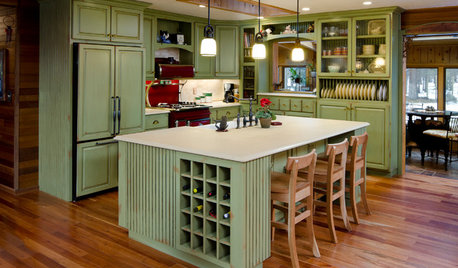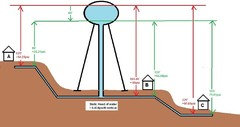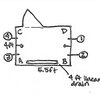Replacing main water service line - copper? PE? PEX?
lalithar
12 years ago
Featured Answer
Sort by:Oldest
Comments (22)
brickeyee
12 years agoRelated Professionals
Franklin Plumbers · Miller Place Plumbers · Livingston Handyman · Grain Valley Kitchen & Bathroom Remodelers · Chicago Ridge Kitchen & Bathroom Remodelers · Clovis Kitchen & Bathroom Remodelers · Folsom Kitchen & Bathroom Remodelers · Independence Kitchen & Bathroom Remodelers · Lincoln Kitchen & Bathroom Remodelers · Pinellas Park Kitchen & Bathroom Remodelers · Roselle Kitchen & Bathroom Remodelers · Westchester Kitchen & Bathroom Remodelers · Middlesex Kitchen & Bathroom Remodelers · Plant City Kitchen & Bathroom Remodelers · Mountain Top Kitchen & Bathroom Remodelerskirkhall
12 years agolalithar
12 years agoalphonse
12 years agolazypup
12 years agolalithar
12 years agoUser
12 years agolalithar
12 years agoUser
12 years agoweedmeister
12 years agolazypup
12 years agoionized_gw
12 years agolalithar
12 years agoweedmeister
12 years agobrickeyee
12 years agoGreenDog194
12 years agolazypup
12 years agogigman7
9 years agoclangton6
6 years agoRyan Piper
5 years agolast modified: 5 years agosylvesterhouse
3 years ago
Related Stories

GREAT HOME PROJECTSHow to Switch to a Tankless Water Heater
New project for a new year: Swap your conventional heater for an energy-saving model — and don’t be fooled by misinformation
Full Story
GREEN BUILDINGHouzz Tour: See a Maine House With a $240 Annual Energy Bill
Airtight and powered by the sun, this energy-efficient home in a cold-winter climate is an architectural feat
Full Story
DISASTER PREP & RECOVERYRemodeling After Water Damage: Tips From a Homeowner Who Did It
Learn the crucial steps and coping mechanisms that can help when flooding strikes your home
Full Story
KITCHEN DESIGNKitchen Sinks: Antibacterial Copper Gives Kitchens a Gleam
If you want a classic sink material that rejects bacteria, babies your dishes and develops a patina, copper is for you
Full Story
HOUSEKEEPINGDishwasher vs. Hand-Washing Debate Finally Solved — Sort Of
Readers in 8 countries weigh in on whether an appliance saves time, water and sanity or if washing by hand is the only saving grace
Full Story
MOST POPULARHow to Reface Your Old Kitchen Cabinets
Find out what’s involved in updating your cabinets by refinishing or replacing doors and drawers
Full Story
LIFEHow to Prepare for and Live With a Power Outage
When electricity loss puts food, water and heat in jeopardy, don't be in the dark about how to stay as safe and comfortable as possible
Full Story
GREEN BUILDINGHouzz Tour: Going Completely Off the Grid in Nova Scotia
Powered by sunshine and built with salvaged materials, this Canadian home is an experiment for green building practices
Full Story
GREEN BUILDINGHow to Harvest Rainwater for Your Garden
Conserve a vital resource and save money by collecting stormwater for irrigation in a barrel or tank
Full Story
KITCHEN APPLIANCESThe Many Ways to Get Creative With Kitchen Hoods
Distinctive hood designs — in reclaimed barn wood, zinc, copper and more — are transforming the look of kitchens
Full StorySponsored
Central Ohio's Trusted Home Remodeler Specializing in Kitchens & Baths
More Discussions









vgkg Z-7 Va